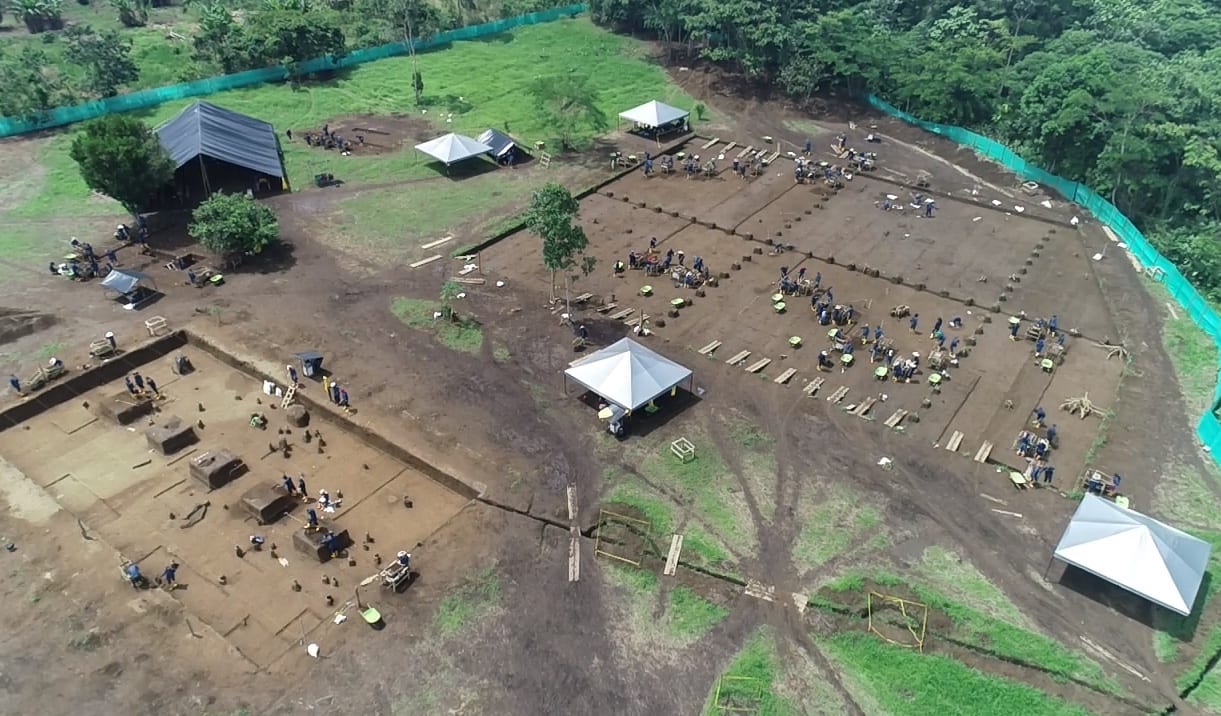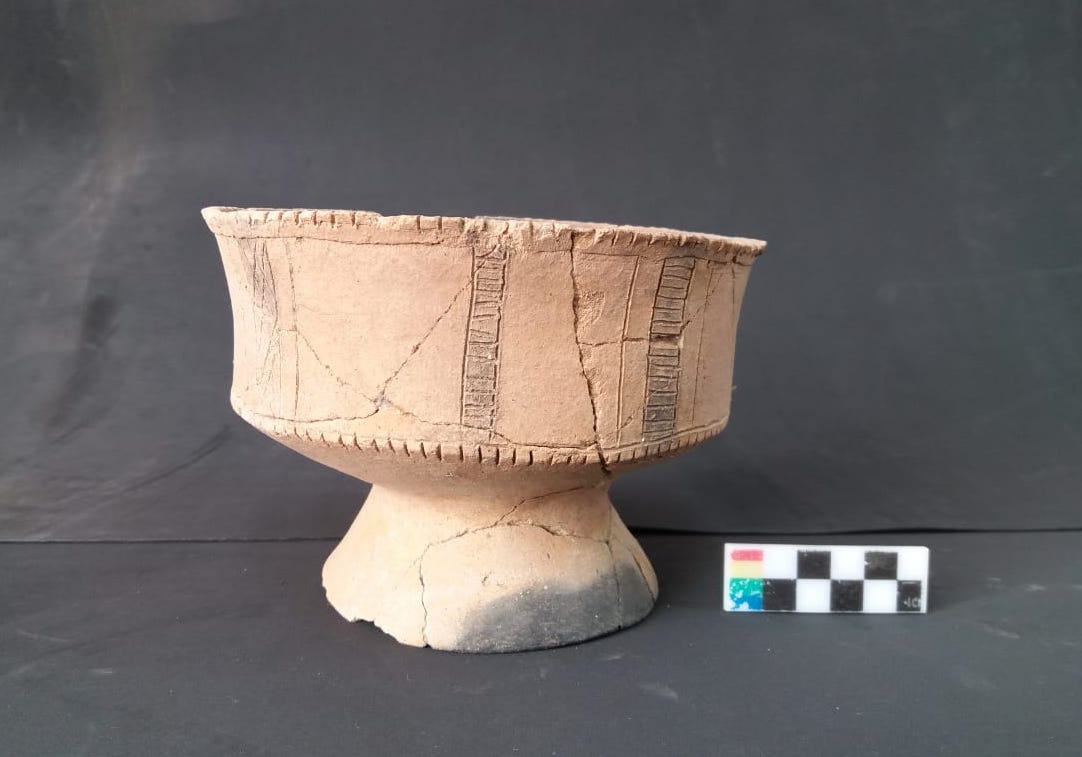Prior Consultation with Indigenous Groups
Colombia’s Constitution grants Indigenous groups the right to “Free Prior Informed Consultation” or Prior Consultation (PC) before any project is considered near Indigenous land. These communities can be found throughout the country, and there are a number of Indigenous groups and several Afro-Colombian groups in the Putumayo near Gran Tierra’s operations. With its increased exploration and development activities in the Putumayo, many of which interact with these protected communities, GTE has created a department focused solely on the Prior Consultation process.
PC represents a formal process for establishing dialogue between ethnic communities and the company to ensure they are adequately informed and consulted about company activities; how these activities might interact with and/or impact them; and how any impacts will be mitigated, compensated or prevented. GTE, like other companies in Colombia that participate in the PC process, works with Colombia’s Ministry of the Interior, which follows the formal process and ensures that someone from the ministry or local government are present during each community interaction.
The Company has several programs designed to support the Indigenous and Afro-descendant population through socio-cultural, social infrastructure and development projects. The Company has also built four ancestral cultural centres for community meetings and activities in order to strengthen the traditions of the Indigenous and Afro-Colombian communities of Orconepul, Alto Orito, Afro Council of Puerto Limón and Martin Luther King.
|
|
|||
|---|---|---|---|
| 2020 | 2021 | 2022 | |
| Total Number of Active Prior Consultations | 4 | 13 | 16 |
| Total Number of Prior Consultations Concluded | 0 | 3 | 7 |
| Total Number of Ethnic Communities Consulted | 4 | 13 | 16 |
Prior Consultation: A Case Study
Gran Tierra and the Cabildo Tordua Kidua, from the Embera Chamí ethnic group, a small Indigenous community near Puerto Asís in Putumayo, had begun a Prior Consultation before it was paused due to the pandemic in Colombia. To restart the process, GTE and the 28-member community agreed on rigorous health and spiritual protocols to protect all participants.
During the Prior Consultation, GTE learned what the community goals and vision for development were and was able to address concerns about possible disruptions to sacred burial grounds, medicinal gardens and water sources. Working together, the parties designed environmental, social and cultural management measures to address potential issues. The parties also agreed on infrastructure, conservation and development projects that would benefit the community.
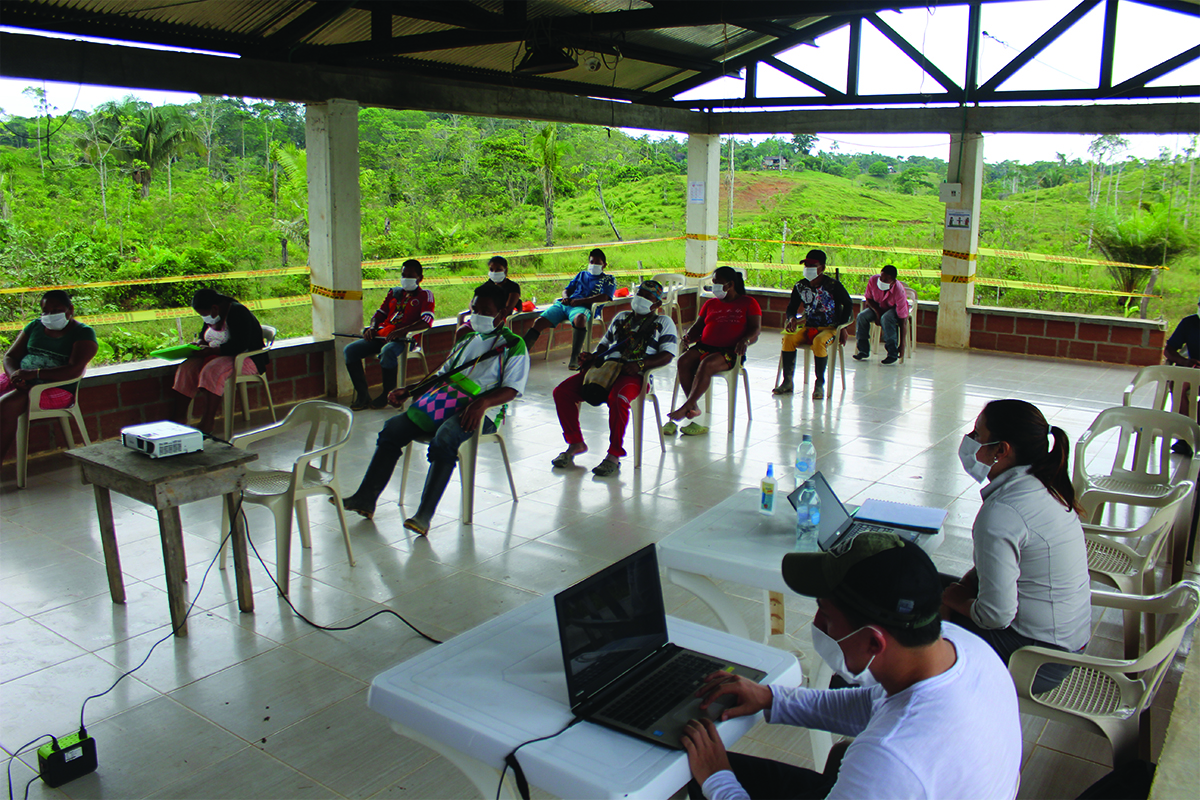
EDGAS AIZAMA, Governor Cabildo Tordua Kidua, of the Embera Chamí ethnic
“The Prior Consultation process is important to us because of our concerns about preserving our way of life and protecting our sacred areas and spirits. We’re grateful for all the effort the company has put in place to protect the community.”
NANCY LORENA MADROÑERO YAIGUAJE, Governor, Cabildo Nuevo Amancer de Puerto Asís
“You often hear the oil companies are here to ruin your land, and at first we didn’t want to get to know GTE. However, when we got closer, I realized they weren’t like the other companies. From working with us on protecting cultural artifacts, supporting us in our ceremonies and cultural events, it was nice that somebody finally came here to do something for us. For that we are grateful.”
Hilos de la Tierra (Threads of the Earth)
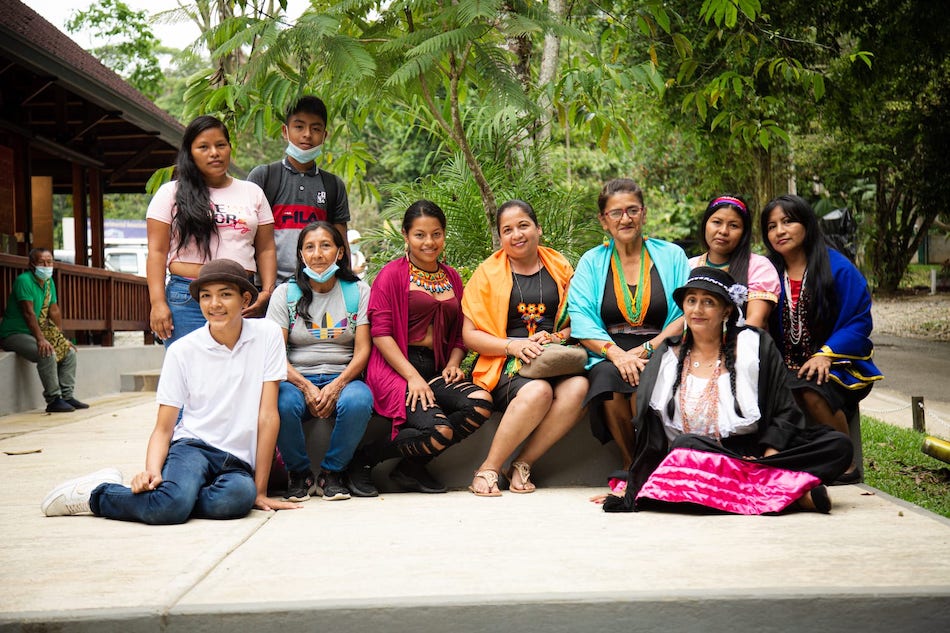
The Hilos de la Tierra (Threads of the Earth) program works with artisans and ethnic women’s groups to design handicrafts using natural fibers, dyes, seeds and recycled goods to help facilitate the recovery of ancestral practices in Putumayo. In the Middle Magdalena Valley, the program works with vulnerable women dedicated to fashion. The project is aimed at improving the incomes of participants and is implemented through a partnership between GTE and the World Corporation for Women in Colombia. The program addresses gender bias in traditional family dynamics with women making up 78% of the participants.
The handcrafted products reflect the culture, traditional practices, and history from local Indigenous, Afro-Caribbean and rural communities. Traditional artisans preserve their culture through their handcrafted artifacts and share stories about their lived experiences and their territories as a way to inform and educate others at local fairs.
GLORIA MARGOTH LOPEZ FUENTES, Hilos de la Tierra participant
“The moment GTE arrived we’ve seen more interaction with and support towards the community. They’ve helped us with investments in cultural areas like the arts, entertainment and sports. Historically, we’ve had a mixed experience with previous oil industry operators in this area. While there were jobs and work for everyone, it came with environmental damage as well as impacts on the community. Things changed as the armed conflict went away before GTE’s arrival and now we have a really nice relationship with them.”
Protecting Colombia’s Archaeological Heritage
As an operator in a country with significant archaeological potential, Gran Tierra implements the Colombian Institute of Anthropology and History's (ICAHN) Archaeology program that guides our projects during the early stages of operations. This allows the Company to identify and plan for the specific archaeological characteristics of the areas where the Company wants to build new civil works or infrastructure. In turn, this helps to assure the protection, conservation and recovery of the country’s archaeological heritage.
Gran Tierra’s Environmental Management Plan, the EMP, calls for the following measures to be taken before any operational development begins:
- Prior to the beginning of excavation in any area that has not been disturbed for the development of well pads or roads, a preliminary assessment of cultural/archaeological values will be conducted by a qualified specialist.
- If significant sites exist or are suspected, appropriate measures to protect or document these sites and recovery of any artifacts is implemented.
- In areas of suspected high archaeological value, a local archaeologist will be employed to provide on-site support in identifying chance discoveries and developing an appropriate approach to avoiding or preserving them.
In addition, as a prerequisite to receiving an environmental license, Colombia authorities require developers to prepare a site-specific archaeological management plan.
The Suruma Museum
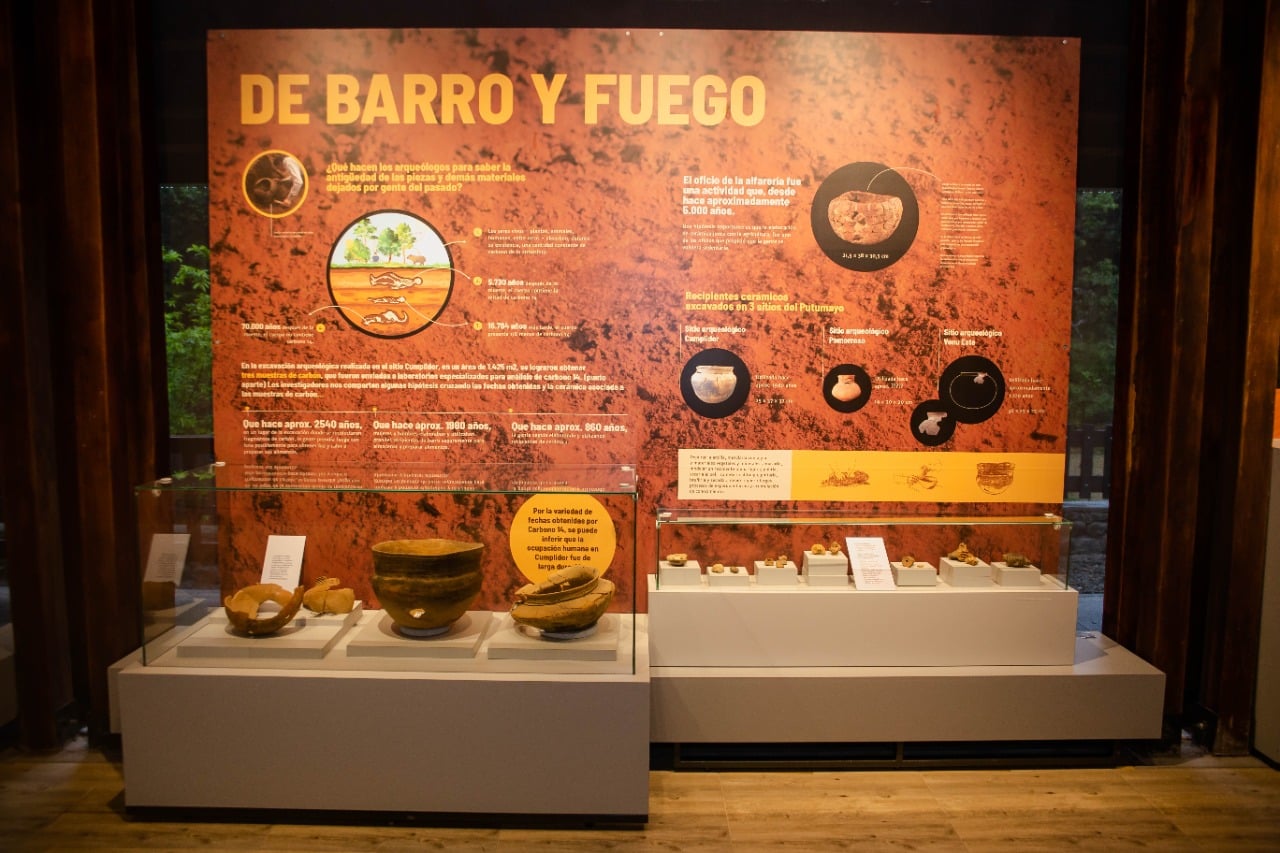
Gran Tierra Energy in partnership with Corpoamazonia and the Colombia Institute of Anthropology and History (ICANH) built and opened, in November 2021, a museum in Putumayo that will serve local communities as a permanent archaeological exhibition.
The Suruma museum is located in the Amazon Experimental Centre (CEA) and is an educational space to preserve historical artifacts and tell the story of the history and culture of the Putumayo department. There are 15 permanent museum exhibits, distributed in two structures and a central area showcasing the reconstruction of an archaeological excavation area.
All of the artifacts housed in the Suruma Museum were discovered by Gran Tierra Energy through our archaeological activities in Putumayo. These specific archaeological activities took more than four months of work and during this period of time, 25 archaeologists and 160 local field helpers excavated more than 3,300 square metres.
To date, more than 20 tons of archaeological materials have been recovered and the inventory of the recorded archaeological material is composed of ceramic fragments, lithic artifacts (two carved projectile points), complete pottery pieces, archeological features (coal and fire pits) and a goldsmith's piece.
